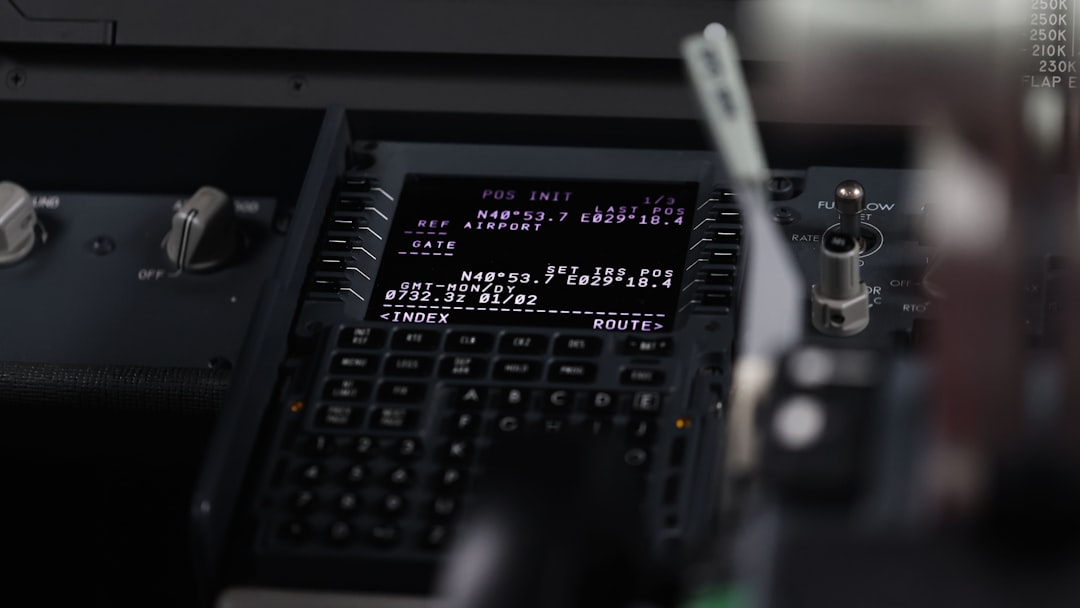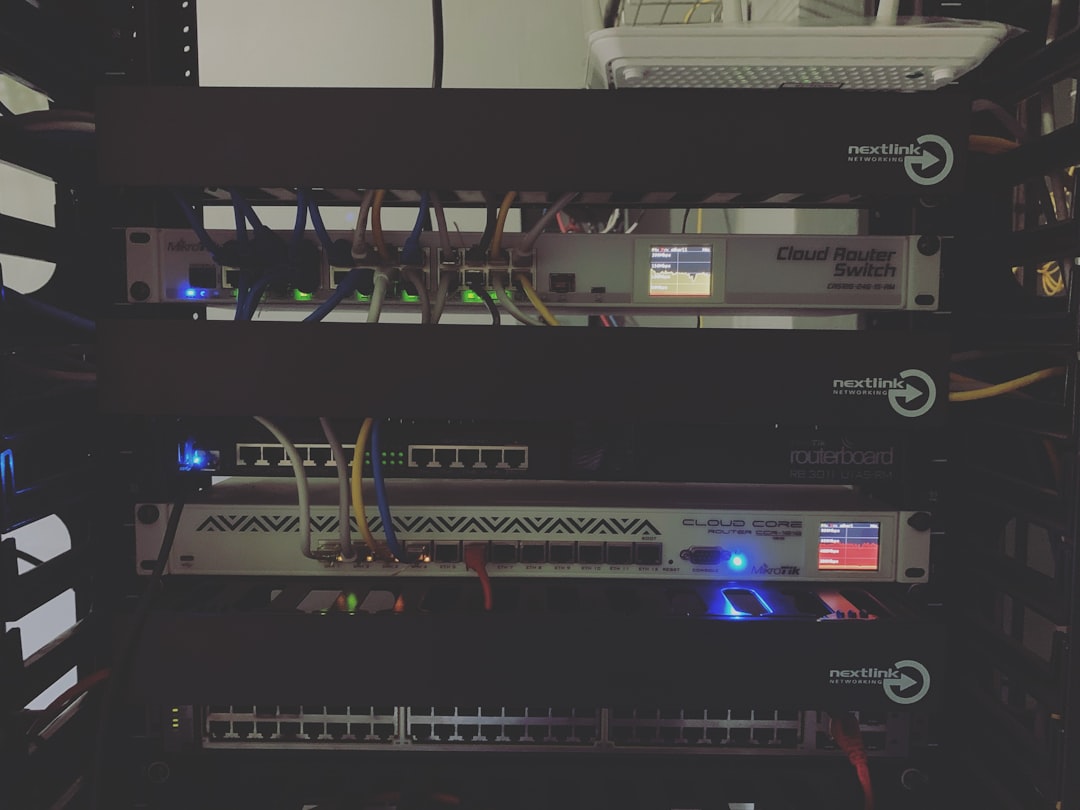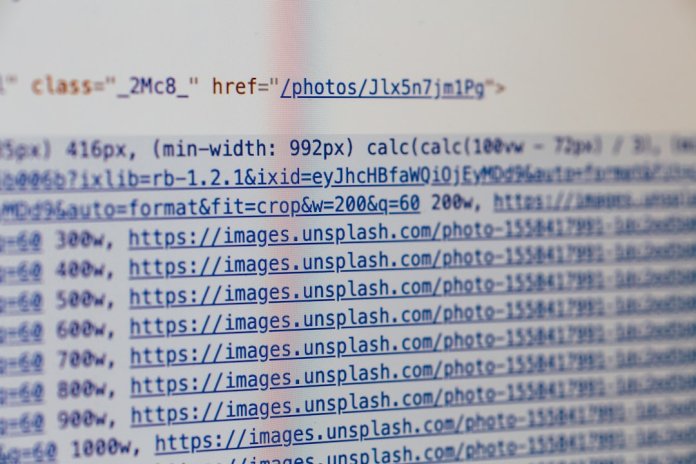OpenAI’s DALL·E 3 burst onto the scene with its highly anticipated image generation capabilities, including the long-awaited feature to upscale images with greater detail and fidelity. However, shortly after its launch, users attempting to upscale their creations began encountering an all-too-frequent error message: “Model overloaded – try again later.” For artists, marketers, and curious explorers alike, this became a frustrating and persistent roadblock.
TL;DR
The DALL·E 3 image upscaling tool often returned a “Model overloaded” error due to limited server resources and prioritization of image generation tasks. This issue disproportionately affected upscaling requests because of how OpenAI’s backend scheduled workloads. A clever workaround using background job queuing allowed users to bypass this bottleneck and receive consistently successful upscale outputs. This article explores the cause, impact, and solution in detail.
Understanding the “Model Overloaded” Error
At its core, the error message represented a simple truth: DALL·E 3’s servers were processing too many requests simultaneously. However, what many users didn’t realize was that the image upscaling feature was particularly vulnerable to being deprioritized when load increased.
Unlike generating new images from text prompts, which was prioritized in OpenAI’s resource scheduler, upscales were sent to a slower, auxiliary processing queue. These queues had their own capacity limits, and rather than stacking requests in order, the system often returned an instant error if no upscale node was currently available. That meant even moderate usage spikes could shut down the feature temporarily for individual users.

The Motivation Behind Upscaling in DALL·E 3
Upscaling in DALL·E 3 was not just about increasing resolution—it involved semantic image enhancement, where finer details were sharpened based on AI’s interpretation of the original image. This provided outputs significantly better than traditional interpolation methods, making it a key feature for anyone using AI-generated art for professional or creative work.
Because image upscaling was so resource-intensive, OpenAI had to schedule them separately from the main image generation processes. Unlike basic jobs that could be processed in quick batches, upscales needed dedicated GPU time and memory allocation, scaling in complexity with prompt size, rendering details, and server traffic.
Why the Problem Was So Frequent
While the message “Model overloaded – try again later” seemed like a temporary hiccup, for many it became a regular barrier. Why?
- Upscales were not queued: If capacity wasn’t instantly available, the model rejected the request rather than holding it.
- Newer prompts were prioritized: Brand-new image generation tasks took precedence in the system queue.
- No retry automation: There was no internal retry loop, so users had to manually retry their request each time it failed.
This setup meant that while DALL·E thrived on showcasing its creativity, it struggled with consistency when it came to upscaling outputs under load pressure.
The Background Job Scheduling Workaround
Enter the ingenious workaround discovered by power users: leveraging background job queues to ensure prompt execution of upscales. By converting upscale requests into background jobs within OpenAI’s processing framework (often through connected APIs or AI platforms using job wrappers), the requests were handled more gracefully—even during peak usage times.
This background scheduling approach worked like this:
- The image to upscale was sent along with metadata to a job queue system.
- Rather than triggering immediate processing, the job would “wait its turn” behind the scenes.
- Once adequate resources became available, the upscale job executed with higher odds of success.
Smart wrappers and scripting tools—set up by a few experts in the field—ensured that if a job initially failed, it would retry autonomously after a few seconds, further improving success rates.

How Users Implemented the Workaround
Naturally, this solution required some technical knowledge. Still, tutorials began emerging on platforms like Reddit and GitHub, showing how to set up a local job queue that mimicked OpenAI’s internal one. Examples included using cron jobs, task runners, or Python scripts running on loops that made retry requests until successful.
Advanced API-based platforms like Zapier or Make (formerly Integromat) also allowed users to automate upscale requests with backoff timers, effectively giving the appearance of unlimited retries behind the scenes. These approaches brilliantly sidestepped the “on-demand” constraint and provided an experience closer to app-level reliability.
OpenAI’s Response and Policy Evolution
As user feedback mounted and developers shared detailed reports about the inconsistency, OpenAI began adapting its infrastructure—albeit slowly. By late 2023, OpenAI acknowledged the limitations and began allocating more equitable memory resources to upscale processes at specific intervals of the day.
Additionally, some enterprise users gained access to priority pipelines, where upscales were bundled into single requests with new generations, streamlining the overall process. However, the general free-tier or non-priority users still faced issues during periods of high usage.
Lessons Learned and the Road Ahead
This episode with DALL·E 3 highlighted the importance of transparency, user agency, and flexible access in large-scale AI tools. A core insight was that even revolutionary features need intelligent handling in production—especially when they compete for limited compute power with other features.
The success of the workaround also revealed a vibrant community eager to optimize and extend OpenAI’s models. In turn, OpenAI gained valuable insights into demand distribution, which is likely shaping how DALL·E and its successors will handle load management in future iterations.
FAQ
-
What does “Model overloaded – try again later” mean in DALL·E 3?
It means that the server capacity was full and couldn’t process additional requests, particularly for upscale operations which require more resources. -
Why were upscaling requests more affected than regular image generations?
Regular image generations were prioritized in the request queue. Upscales were handled separately with lower priority, making them more likely to be rejected during traffic spikes. -
Can users prevent this error from occurring?
Not directly, but using background job systems or retry-enabled scripts significantly increased the reliability of upscale execution. -
Is OpenAI planning to fix this permanently?
OpenAI has made incremental improvements and is likely continuing to adapt its architecture, but no permanent fix has been officially confirmed as of now. -
Are these workarounds approved or endorsed by OpenAI?
While not officially endorsed, they don’t violate any terms of service and are built using official APIs, making them widely accepted in the community.
Until image upscaling becomes as seamless as text-to-image generation, creative workarounds and community innovations will continue to play a vital role in making the most out of tools like DALL·E 3.
